Protect fragile freight with a crate for shipping
Shipping fragile items requires extra care and attention to ensure the delicate items reach their destination intact. Shipping a crate is a great way to protect your items from damage during transit.
Here are five guidelines for shipping a crate:
- 1. Choose the right crate: The crate should be sturdy enough to withstand rough handling. Wooden shipping crates are a popular choice.
- 2. Pack your items securely: Protect your item from bumps and impacts with extra padding such as bubble wrap, packing peanuts, or other cushioning material.
- 3. Secure the items in the crate: Prevent the goods from shifting by using screws or nails to secure the items in the crate.
- 4. Label the crate clearly: In addition to marking the crate "fragile," clearly label the contents, weight, and destination of the shipment on the label.
- 5. Choose the right carrier: Carrier expertise matters. Make informed decisions about the carriers you choose with carrier ratings available for free in our online tool.
By taking these precautions and ensuring proper handling, you can increase the likelihood your fragile freight will arrive safely and undamaged at its destination.
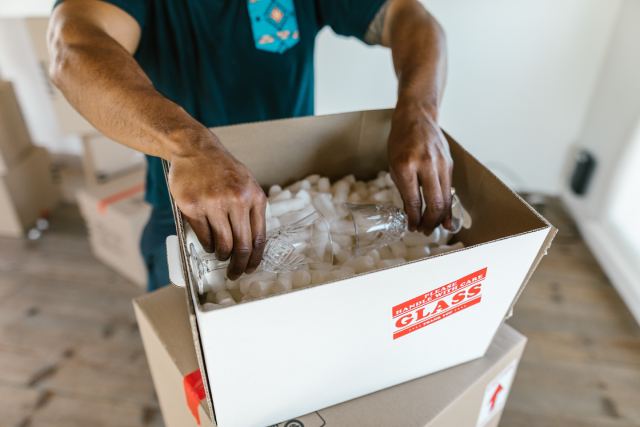
Tips for packing breakables
While crating is important, proper packaging and padding inside the crate are essential to maximize protection of your fragile freight. Keep the following tips in mind as you're packaging delicate items:
- Wrap fragile items like glass or electronics separately
- Pack heavier items on the bottom and lighter items on top
- Seal boxes tightly to prevent them from bursting in transit
- Consider shippers insurance if your fragile items are of higher value
- Keep fragile and non-fragile items separate to minimize damage during transit
- Use filler, like peanuts or recycled newspaper, to keep your products from shifting
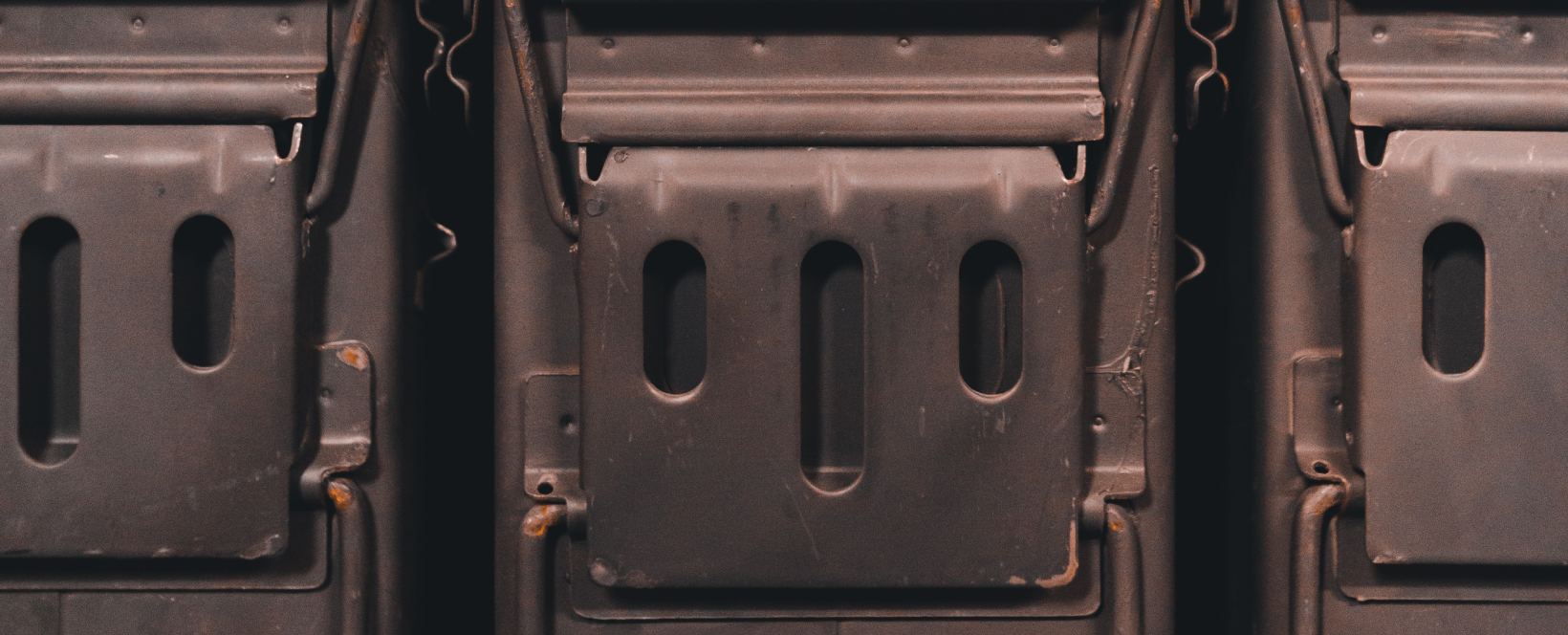
What are shipping crates made of?
Shipping crates can be constructed from a variety of materials:
- Wood
- Metal
- Plastic
Benefits of wooden crates for fragile freight
Wooden crates are the most popular type of crate used to ship fragile freight. There are many advantages to wooden crates for shipping:
- Durability: Wooden crates are known for their strength and resilience—durable and able to withstand rough handling.
- Protection: Wood has natural shock-absorbing properties that can help dampen vibrations, sudden movements, and impacts during transit. This is particularly advantageous for items prone to damage.
- Versatility: The customization of wooden crates is limitless. They can accommodate any size or shape. Customization ensures a snug fit, reducing movement inside the crate and minimizing the risk of breakage.
- Affordability: Wooden crates are relatively inexpensive—especially for large or irregularly shaped goods—making them a cost-effective option for shipping..
- Reusability: Because wooden crates can be used for multiple shipments, they reduce waste and limit the need for single-use packaging materials.
- Security: More difficult to open than palletized freight, wooden crates are a wise choice for goods of higher value.
Skeleton vs. fully enclosed: Choosing the right type of wooden crate
Shipping fragile freight demands meticulous planning, specialized handling, and robust packaging solutions to ensure the safe delivery of delicate items to their intended destinations. Wooden crates offer numerous benefits but be sure to choose the right type of crate for your freight.
Skeleton crates
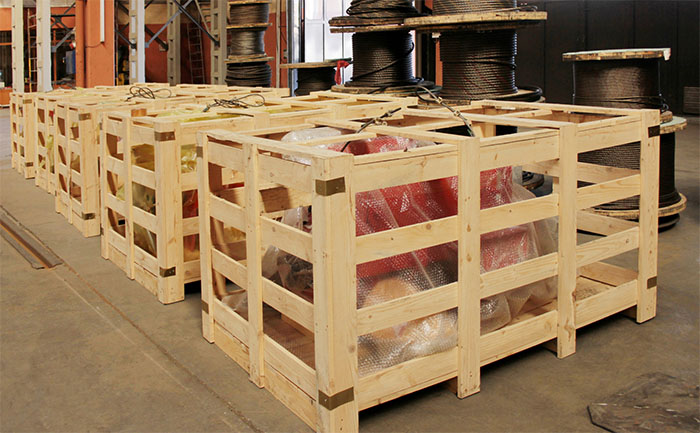
Skeleton crates are simple, slat crates. They are ideal for transporting heavy, durable goods that are not easily damaged. Avoid skeleton crates for lighter or fragile goods, as they tend to be somewhat flimsy, less durable, and can make it more difficult to properly secure your freight. These types of crates typically cannot accommodate packaging inside the crate itself, often leaving goods exposed to the elements.
Fully enclosed wooden crates
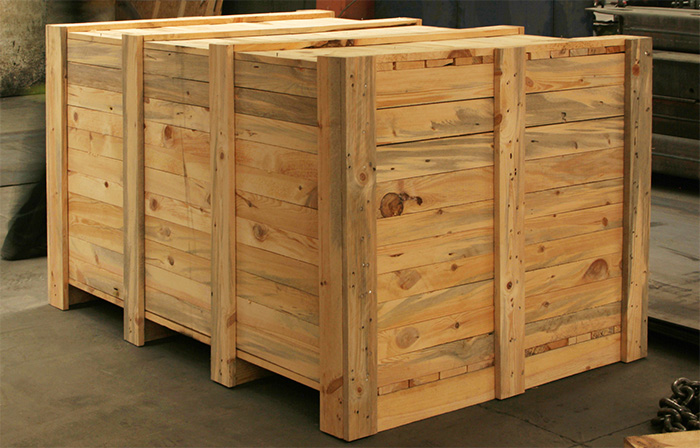
Fully enclosed crates offer more comprehensive protection and often come with reinforced forklift holes at the bottom for easy loading and unloading. They are ideal for fragile goods, offering protection from elements and scratches/dents during normal transit, ample room for additional packaging inside, and greater opportunity to properly secure freight to the crate. Use a fully enclosed crate if you need maximum protection when shipping fragile goods.
Do you need to ship fragile freight?
Rely on us to make your job easier. Compare freight quotes instantly with our easy online booking tool today.
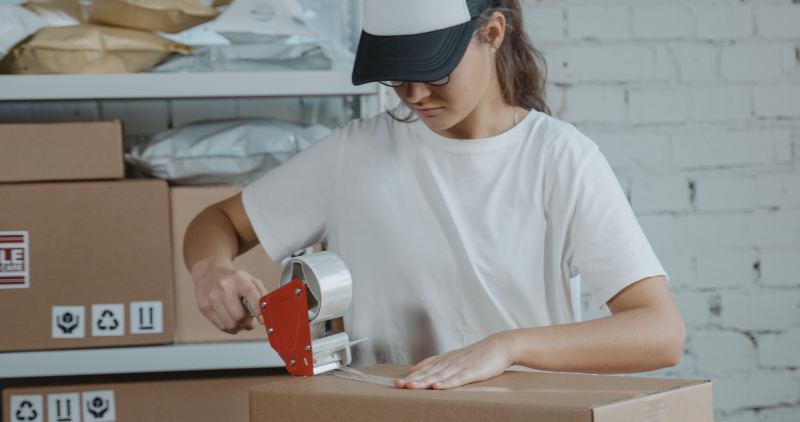
Crate shipping FAQ
What's the difference between shipping a crate and a container?
The main difference between shipping a crate and a container is the size and purpose of each. A crate is smaller, more specialized, and typically used to ship fragile or high-value items. A shipping container is larger, more generic, and typically used to ship bulk goods.
How much does it cost to ship a crate?
The cost of shipping a crate depends on a number of variables. Use accurate weight and dimensions for your freight to get a free competitive rate using our online quoting tool.


